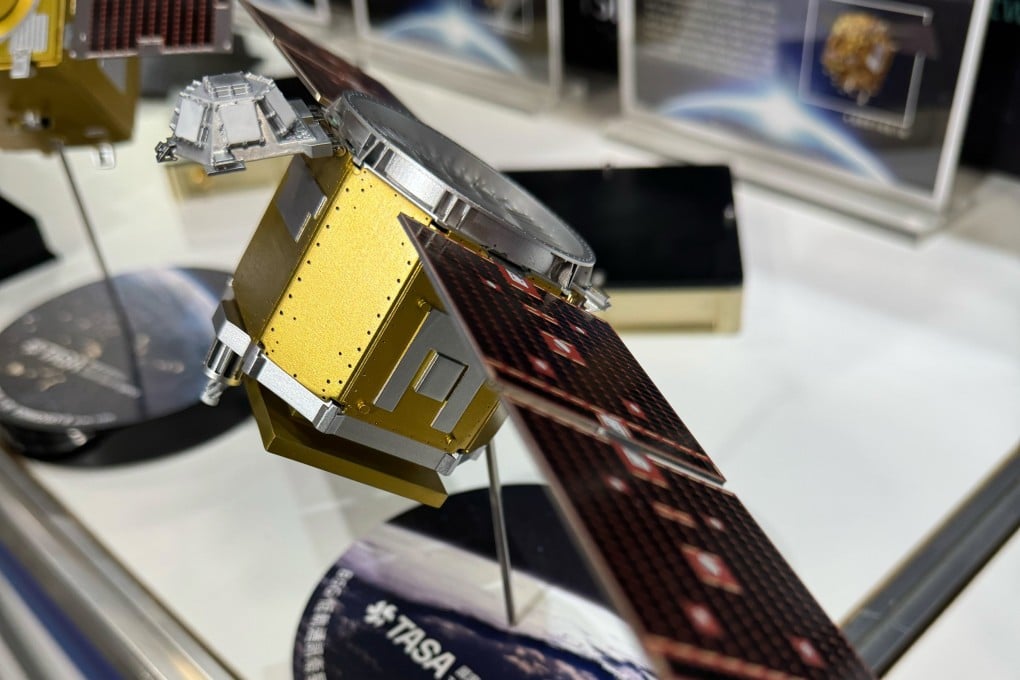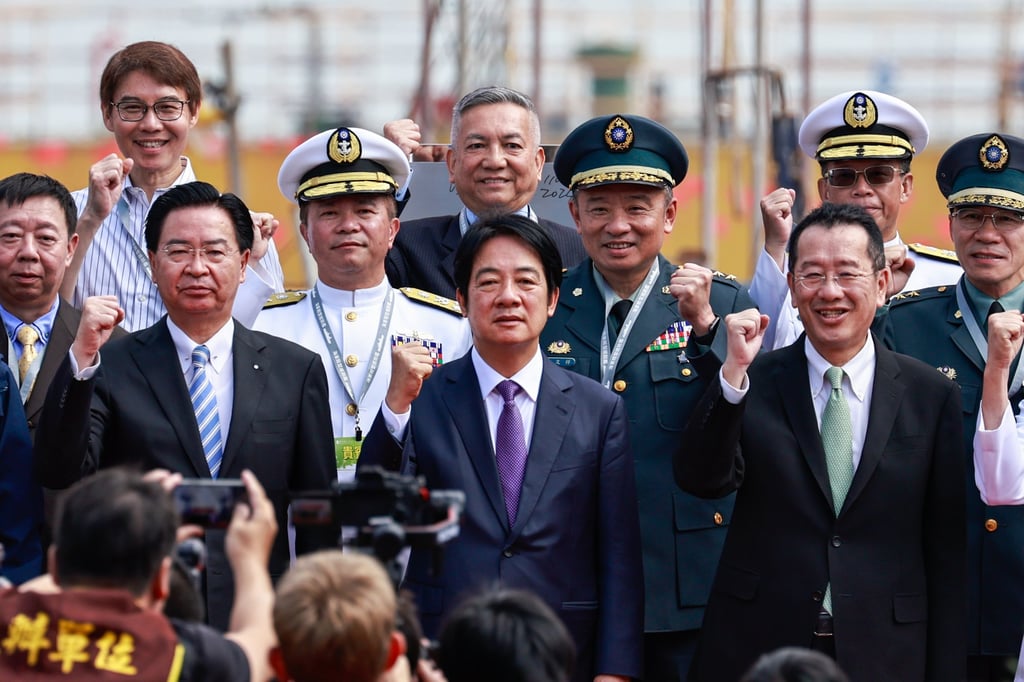Taiwan aims to war-proof its communications networks, with or without outside help
The island’s space programme is leveraging domestic expertise to build out critical low Earth orbit communication satellite links in event of war

Taiwan’s communications with the outside world rely on a total of 15 undersea cables – a tenuous state of affairs for the self-ruled island, which lies about 200km (124 miles) from mainland China, and next door to world’s largest army, by headcount, and the largest navy, by total number of ships.
It is no surprise then that given the fraught relations between Beijing and Taipei that the leaders of the island of 23 million people have called for more reliable and secure communications infrastructure in the event of war.
Despite sourcing challenges, Taiwan has stepped up efforts to acquire similar services from foreign suppliers to strengthen its domestic communication.

“Our sights are set on making Taiwan the Asian hub of uncrewed aerial vehicle supply chains for global democracies and developing the next generation of medium- and low-orbit communications satellites, bringing Taiwan’s space and aerospace industries squarely into the international sphere,” Lai said.
